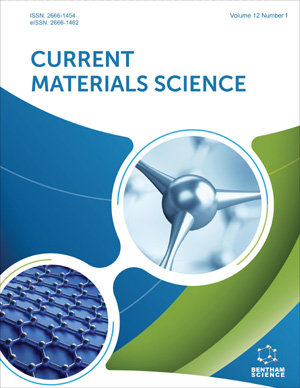Abstract
Emulsions and suspensions are systems formed by at least two phases; one of them dispersed into another. For their preparation these generally unstable structures require the addition of extra molecules that improve either their thermodynamic or kinetic stability. Traditionally small amphiphilic molecules have been used for this purpose. More recently, the surface and rheologic properties of biopolymers have been modified in order to “tune” their properties as to improve emulsions and suspensions stability.
Most of the research and technological developments related to emulsions performed so far imply water as one of the involved phases. Non-aqueous, oil-in-oil, anhydrous or waterless emulsions, are common names for the dispersed systems in which water is absent. Even though the first reports in this subject were published around 50 years ago the literature on this area is sparse. In the recent years, non-aqueous emulsions became attractive as potential vehicles for the development of drug delivery systems and healthier foods. This led to the design of novel and simpler methods for the dissolution of polymeric surfactants into edible vegetable oils and improved dispersion of nonaqueous phases into structured oils giving a result very stable non-aqueous emulsion with tunable rheological properties. These emulsions have potential applicability to improve nutritional qualities of foods as well as to design vehicles for hydrophobic active pharmaceutical ingredients.
In this chapter, we will summarize the recent advances in the basic principles involved in biopolymer stabilization of non-aqueous emulsions and their potential applications for the design of foods and medicines with improved performance.
Keywords: Biopolymers, emulsifier, ethylcellulose, graft copolymers, inulin, kinetic stability, non-aqueous emulsions, rheology, thermodynamic stability, viscosity.




















